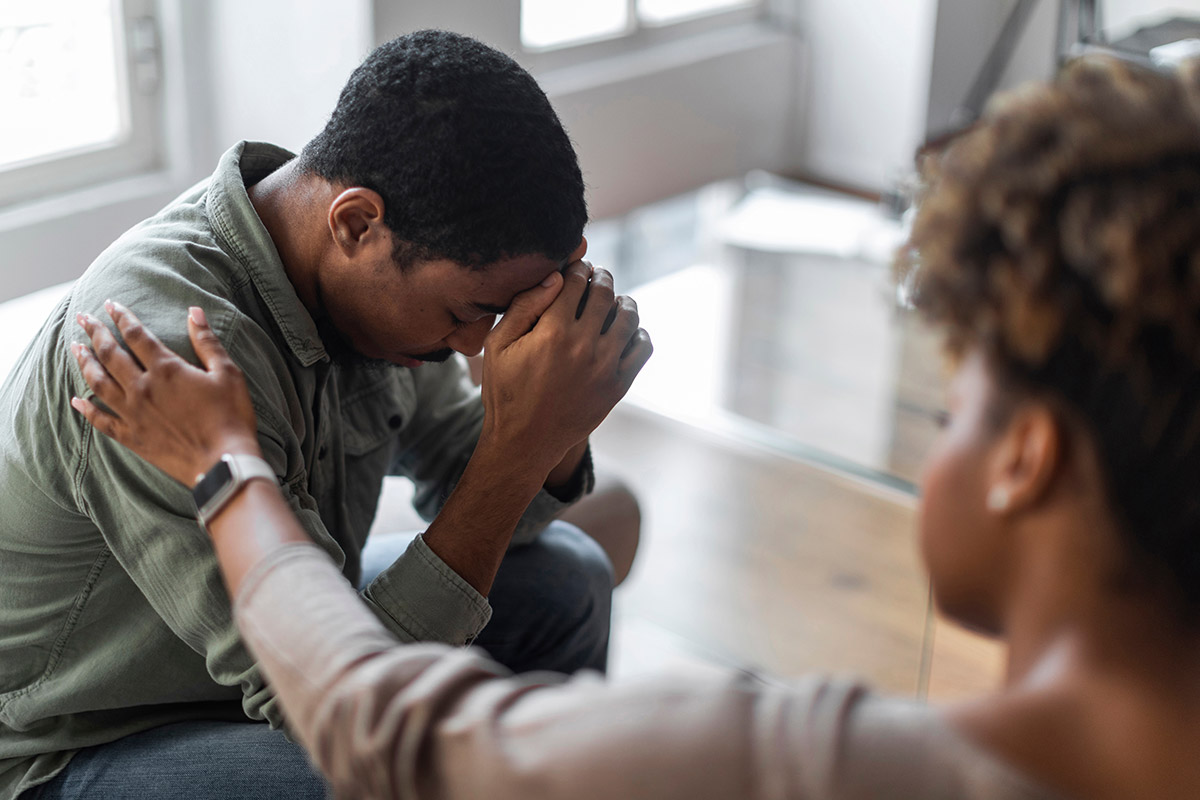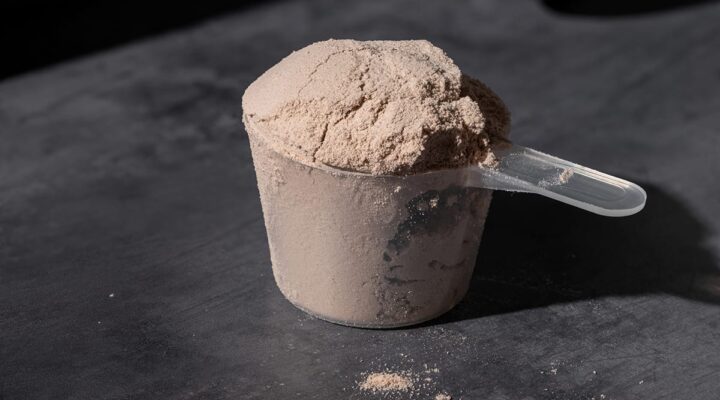How Post-Traumatic Growth Can Help Us to Heal

In the past decade, we’ve gained more knowledge about how common psychological trauma is, and the serious impact it can have on our mental health. The word ‘trauma’ itself has become a buzzword as people reconsider difficult emotional experiences they’ve gone through.
You might have seen this play out on TikTok, where hashtags like #traumadump and #traumadumping are trending. People use these tags to talk openly about tough events, challenges they’ve faced, or their journey to healing. Collectively, these hashtags have been viewed an astonishing amount of times, with #Trauma alone having a whopping 6.2 billion views.
By now, we understand that trauma can harm our mental, emotional, and even physical wellbeing. But how can we recover? Is it possible not only to bounce back, but to grow and transform positively from challenging life events? Dr Edith Shiro, a clinical psychologist and co-founder of the Trauma and Resilience Center, aims to answer this question in her new book ‘The Unexpected Gift of Trauma: The Path to Posttraumatic Growth.’
According to Dr. Shiro, who has helped thousands of patients recover from difficult times, trauma doesn’t mean a life sentence of suffering and sadness. There are ways to heal and move forward.
Understanding trauma
From celebrity interviews to viral podcasts, mentions of trauma are everywhere, but there’s a lot of confusion about what the term actually means. “Trauma is any event that shatters how you see yourself or others, for which we don’t have the tools to deal with,” says Dr Shiro.
Trauma can come from a variety of experiences like abuse, accidents, grief, illness, neglect, and witnessing violence or death. In places with natural disasters or war, trauma and PTSD can affect survivors. And in communities, there can be mass, shared trauma. “For example, when COVID hit, our understanding of ourselves, our relationships, and the government shattered,” explains Dr Shiro. “It was traumatic for some. People lost jobs, felt isolated, and disconnected.”
But even though there are common aspects of trauma, Dr Shiro thinks it’s different for everyone. “What’s painful for you might not be painful for me,” she says. “So, we can’t judge each other’s trauma.”

Recognising signs of trauma
Figuring out if you’ve gone through trauma is tricky because it manifests differently in people. “Psychological signs of childhood trauma can be fear, not trusting, having trouble with relationships, anxiety, and depression,” says Dr Shiro.
There are also physical signs to look out for. “People might show their trauma through chronic illnesses that can’t be explained,” she notes. “I’ve seen lots of patients with headaches, back pains, autoimmune issues and digestive problems. These are ways the body remembers past experiences that haven’t yet been dealt with.”
Exploring post-traumatic growth
Healing from trauma is a complex journey that takes time, patience, and support. Dr Shiro has sketched out a five-step plan for achieving posttraumatic growth — a transformative process that nurtures personal growth and a heightened sense of awareness in the face of tough times.
1. Embrace radical acceptance
The first stage involves facing your struggles head-on. Dr Shiro calls this ‘radical acceptance.’ It’s the point where you confront big challenges like addiction, abuse, sadness and avoidance. “This step takes courage, as you name these challenges and say, ‘I’m dealing with these issues, and I’m acknowledging them.’”.
2. Build safety and protection
“After this awakening, you realize that action is necessary,” says Dr. Shiro. You might reach out for help and openly share your feelings. “Getting therapy, talking to mentors, family, friends, and maybe even joining retreats becomes crucial,” she says. “Overcoming trauma requires the collective support of people who can guide and stand by you.”
3. Transform beliefs
The third phase involves changing your beliefs. “Imagine your old beliefs breaking like glass, pushing you to explore new possibilities,” says Dr Shiro. You might dive into workshops, soak up fresh ideas from books, make new friends, and try different ways of healing. “This phase is about embracing change and searching for innovative ways to heal.”
4. Put it all together
This is where the lessons you’ve learned, and new experiences, blend with your past self. “You warmly embrace both your past struggles and the new growth,” says Dr Shiro. “For example, you might acknowledge a history of abuse while also standing tall as an empowered person. This step allows you to remember your past without letting it control your present.”
5. Achieve wisdom and growth
The final phase is like reaching the top of a mountain. “It’s a time of deep appreciation for life and for who you are,” says Dr Shiro. “You gain a stronger ability to face challenges, create meaningful connections, and set clearer priorities.” Dr Shiro mentions that this stage often brings a heightened feeling of connection — a spiritual awareness that’s not tied to religion. “It’s a phase where you find purpose through pain and use your experiences to help others,” she adds.
Dr Shiro says it’s important to note that these steps don’t follow a strict order. “They flow and change, and you might revisit some aspects as you move forward. Healing is a journey with ups and downs, twists and turns. Along the way, you gather insights, resilience, and a profound understanding of both yourself and the world around you.”

Actions we can take today
Dr Shiro suggests deliberately taking breaks from life’s fast pace. “Instead of operating on autopilot, set aside moments to reflect on your current state and surroundings,” she advises. Dedicate time each week and use tools like meditation, yoga, or breathing exercises. These practices help you reconnect with your body, tune into yourself, and gauge your healing progress.
“Patience is key,” Dr Shiro underscores. Healing isn’t a swift sprint; it’s more like navigating a marathon with twists and turns. “Approach it with kindness and patience. Attempting to go it alone often leads to falling back into old habits. Seeking help is crucial; it’s not a sign of weakness.”
“In a culture that promotes independence, remember that seeking assistance is vital,” she adds. “Furthermore, supporting others brings fulfilment and connection, bolstering our own healing journey.”


















